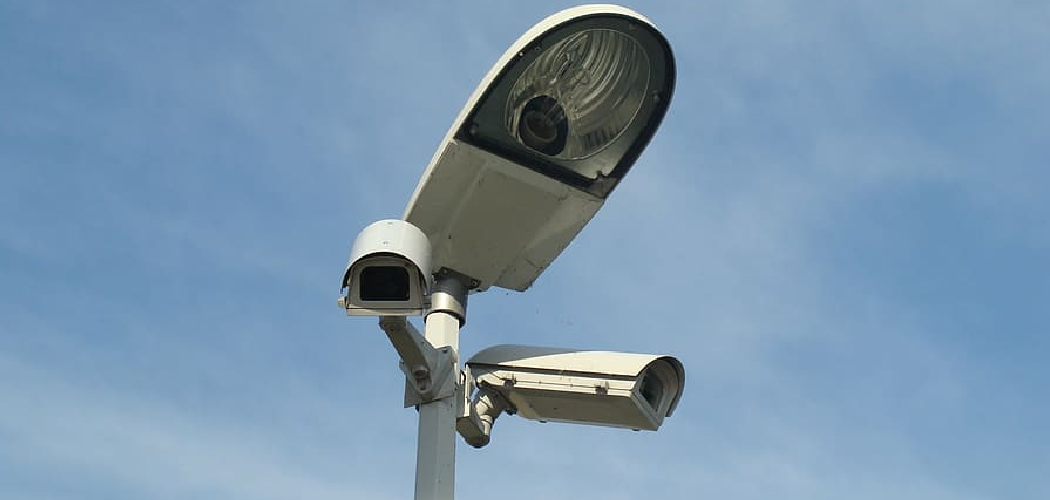When you see a light bulb in your home, it’s usually just that – an ordinary light bulb. But did you know that some of these everyday items can also contain hidden cameras? If you’re concerned about being watched without knowing it, especially in public places, it pays to learn how to spot potential security dangers like this.
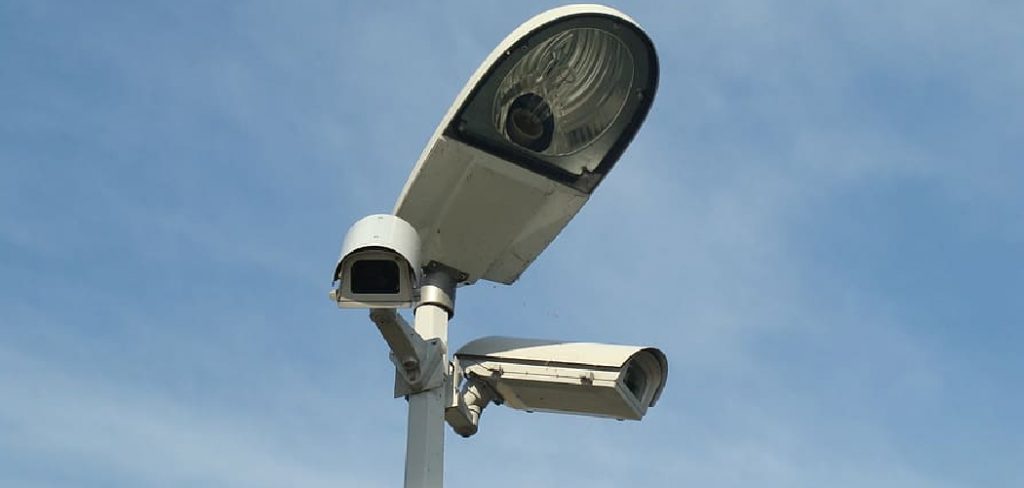
We’ve all heard the warnings about hidden cameras: watch out for unfamiliar items, and be wary of surveillance devices. But what happens when you find a light bulb that sparks your suspicion? You may think it could potentially be hiding something more than just illumination, but is there really any way to tell if it’s a camera or not?
With this informative blog post on how to tell if a light bulb is a camera, we’ll provide some key tips and tricks to help you identify whether the suspicious light bulb in question is actually an audio or video recording device. Read on to learn how you can sleuth out potential surveillance devices and make sure that your home stays safe!
Why Identifying Light Bulb as a Camera is a Must?
With the advancement in technology, it is becoming increasingly important to be able to identify whether a light bulb may also be a camera. In recent years, smart home security systems have become popular and are being utilized by many homeowners as an additional safety measure. Smart home security cameras can often be concealed within simple everyday objects such as lamps, smoke detectors, and light bulbs, making it difficult for the untrained eye to spot them.
Not only can identifying a light bulb as a camera give homeowners peace of mind that their privacy is protected from potential intruders, but it can also help protect against corporate espionage or other malicious intent. By carefully inspecting devices within your home, you can ensure that you are aware of any potential cameras that may be present and take steps to protect your personal information.
Fortunately, there are some tell-tale signs that can help you identify whether a light bulb is actually a camera or not. It’s important to note that many conventional cameras have features that look similar to those found in light bulbs, so it’s important to thoroughly inspect any suspicious objects.
Required Items
In order to tell if a light bulb is actually a camera, you’ll need the following items:
- A magnifying glass
- A flashlight
- Batteries (for the flashlight)
- A mirror or other reflective surface.
10 Tips on How to Tell if a Light Bulb is a Camera
If you suspect that a light bulb may be hiding a camera, here are some tips on how to tell if it’s true:
1. Look Closely
Look for any unusual openings or protrusions on the light bulb. These could indicate where a lens is located and can provide access to the internal mechanisms of the device. Look for any unusual wiring or connections that may indicate the presence of an electronic device.
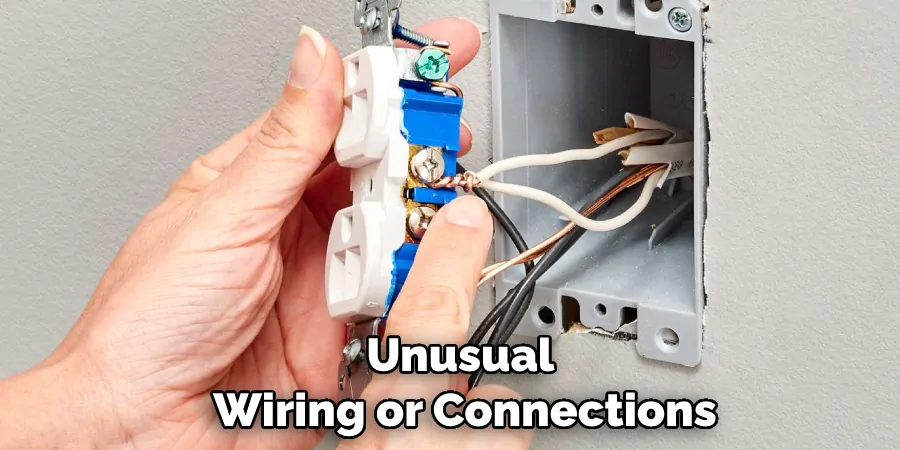
2. Check for Reflection
Shine a flashlight onto the surface of the light bulb to check for any lens reflections, which could indicate that it’s actually a camera. If you’re using a mirror or reflective surface, make sure to move it around the light bulb so that any potential lenses can be detected.
3. Look for Holes
Check for small holes, as these could indicate where the microphone is located (many cameras have built-in microphones). This is usually located near the top of the device.
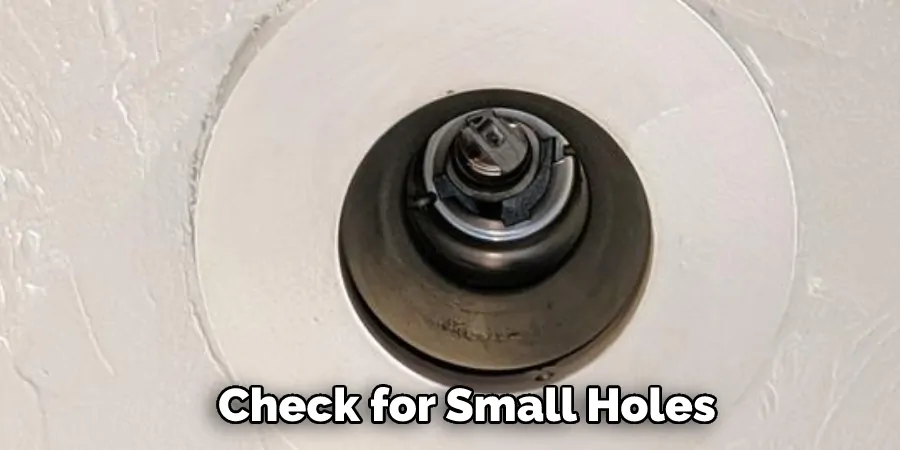
4. Search Vents
Carefully inspect any vents or slots that may be present in the light bulb’s body, as these could provide access to a microphone and/or camera lens.
5. Look for Screws
See if there are any visible screws on the outside of the light bulb, which could indicate that it’s actually a camera. Visible screws could indicate that the device can be opened and inspected internally.
6. Inspect the Wiring
Inspect any wiring or connectors that have been connected to the light bulb, as these could also signify a camera is present. The wiring may indicate that the device is connected to a power source and could be receiving audio or visual feedback from another device.
7. Examine Joints
Examine any joints in the light bulb, as these could also indicate that it’s a camera. Cameras often contain multiple parts that can be connected together in order to make them more compact and discreet.
8. Use Magnify Glass
Use a magnifying glass to examine the surface of the light bulb for any visible scratches or markings that might indicate that it’s a camera. The glass can also be used to check for any unusual glares or reflections.
9. Check the Base
Check the light bulb’s base for any strange protrusions that could indicate a battery pack is installed inside. This could signify that the device is wireless and may be connected to an external power source.
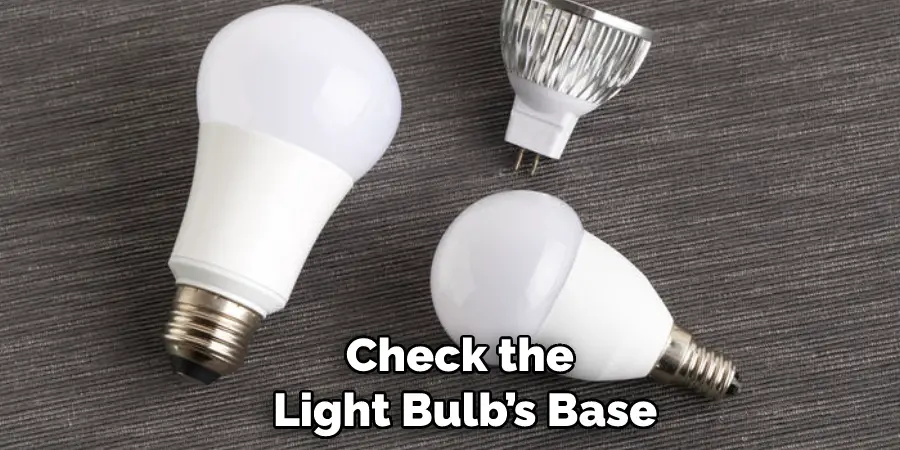
10. Seek Advice
If you are still unsure, seek the advice of a security expert who can help you identify any potential cameras. It will be important for you to take all the necessary steps to protect yourself from possible corporate espionage or other malicious intent.
By following these tips, you can easily determine whether a light bulb is actually a camera or not. If it’s determined to be a hidden camera, appropriate measures should be taken to ensure your privacy and safety. Remember that if you suspect an object is a camera, you should always contact local authorities and ask for assistance.
8 Common Mistakes to Avoid
Many people are unaware that light bulbs can also be equipped with cameras. How can you tell if a bulb is really just a regular light bulb or one that has an embedded camera? Here are some common mistakes to avoid when you’re trying to figure out whether a light bulb is actually a camera:
1. Ignoring the brand. A good indicator that a light bulb might be a camera is if it’s manufactured by an unfamiliar or non-traditional manufacturer. Many manufacturers who specialize in cameras and other security equipment also produce light bulbs with cameras.
2. Looking only at the size and shape of the bulb. How big or small the bulb is doesn’t necessarily indicate whether or not it contains a camera. Look at the manufacturer’s website or product label for more information.
3. Not reading the instructions. If you’re purchasing a light bulb that you suspect might be a camera, make sure to read the instructions carefully before attempting to use it. It’s important to understand how the device works and any safety precautions necessary before using it.
4. Not paying attention to the details. Look closely at the bulb’s features, such as any buttons, ports, or other indicators that could suggest it is a camera-equipped light bulb.
5. Overlooking the price tag. The cost of a bulb can be an indication that you’re dealing with a camera-equipped version. If it’s significantly more expensive than normal light bulbs, there’s a good chance you’re looking at the wrong product.
6. Not inspecting the wiring and connections. Before installing any light bulb, take a few moments to inspect the wires and connections carefully for anything that might suggest a camera is present.
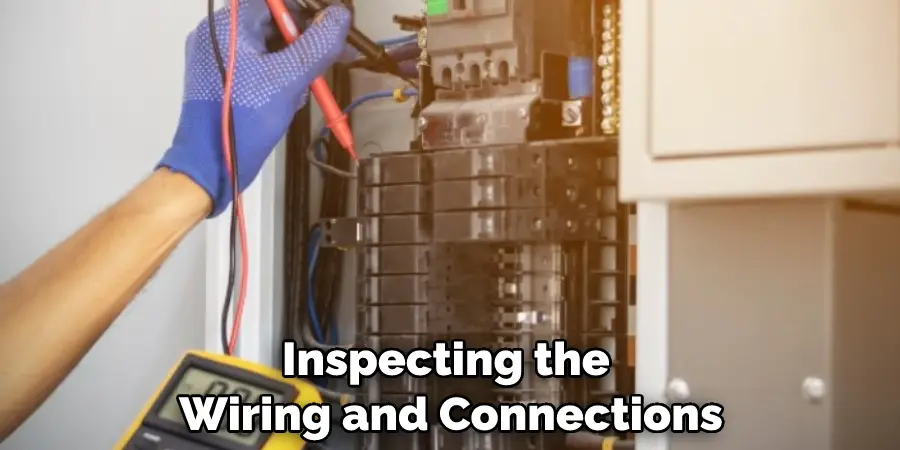
7. Not seeking expert advice. If you’re still not sure whether or not your light bulb contains a camera, it can be helpful to consult with an experienced security professional who can offer additional insight and guidance.
8. Assuming that all light bulbs are the same. Although traditional light bulbs may look similar, they can contain different features and functionalities. Pay attention to the details when purchasing a bulb so you know what you’re getting.
By avoiding these common mistakes, you’ll have an easier time telling if a light bulb is actually a camera. Make sure to read the instructions carefully and inspect the wiring and connections before installing any light bulb. Additionally, it can be helpful to seek expert advice if you’re unsure about a particular light bulb. Following these steps will help you make sure that your home or business is safe from unwanted surveillance.
Conclusion
It is very important to know whether or not a light bulb is actually a camera. Not all cameras are considered “spy” cameras, either. This can take time and research before you purchase any type of surveillance. Being aware of the types of light bulbs and products that contain cameras, such as toys, security systems, and other devices is a great step in making sure that your privacy stays intact.
Knowing the signs of hidden video recording devices will also help you protect yourself from breaches of privacy. Being proactive about defending yourself from surveillance can go a long way in preserving your personal safety and data. We hope this article on how to tell if a light bulb is a camera has been helpful in teaching you how to tell if a light bulb is actually a camera or not.
The security of your home and personal belongings should always be taken seriously. By understanding the signs of hidden surveillance devices and how to detect them properly, you can help protect yourself from the invasion of privacy.

